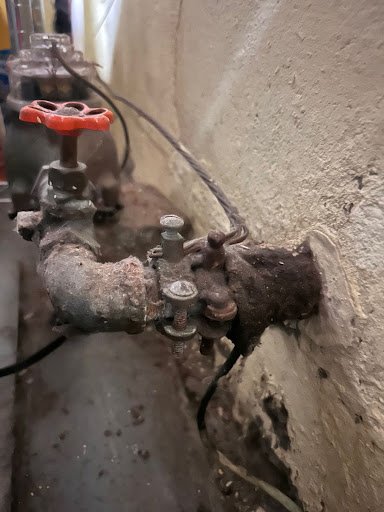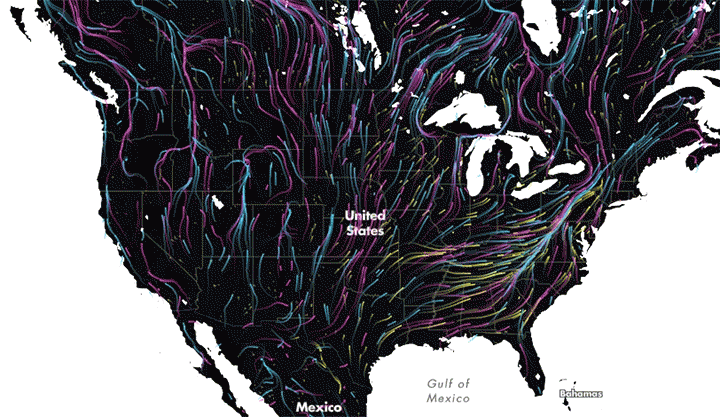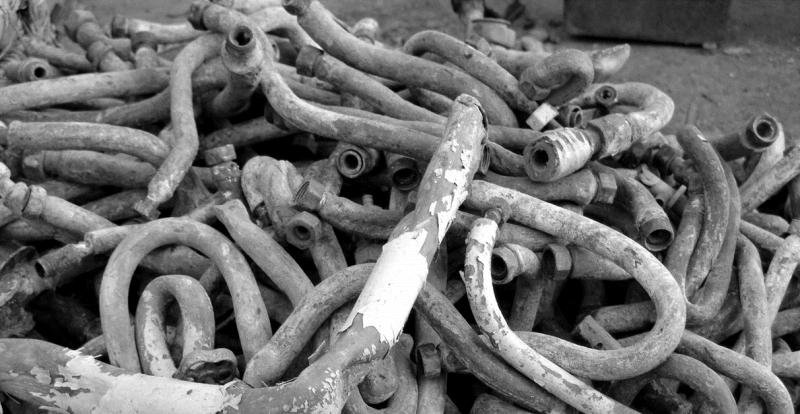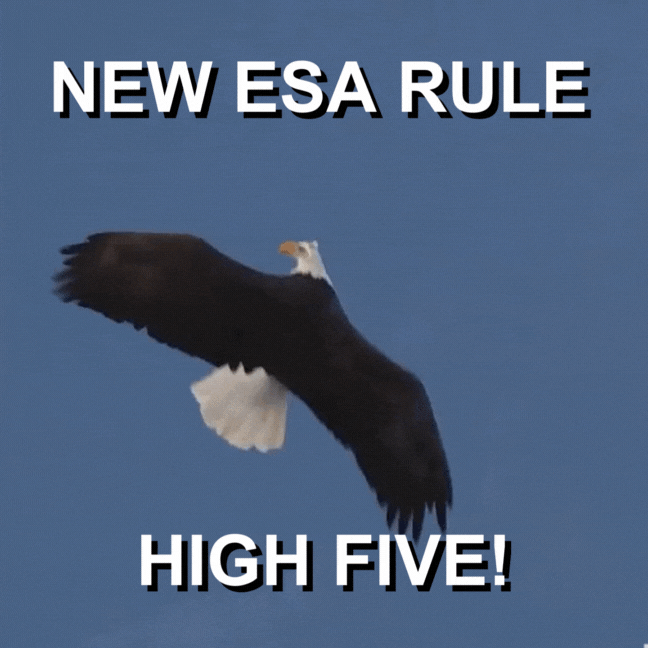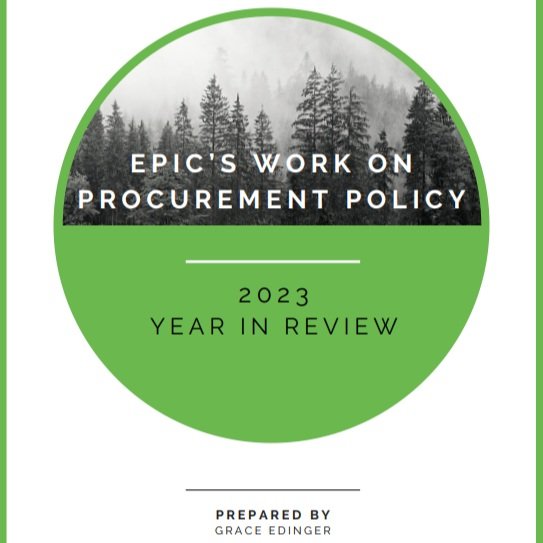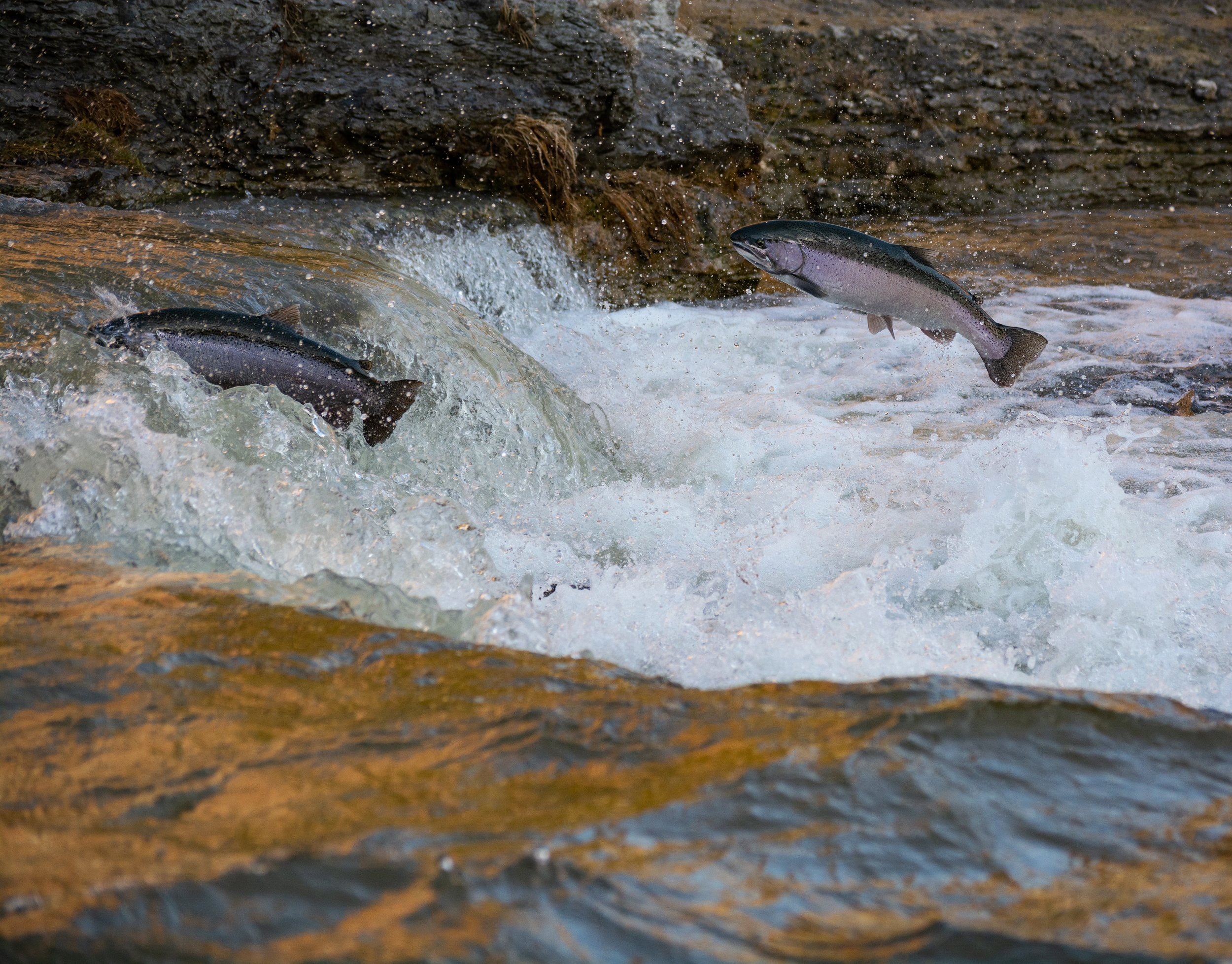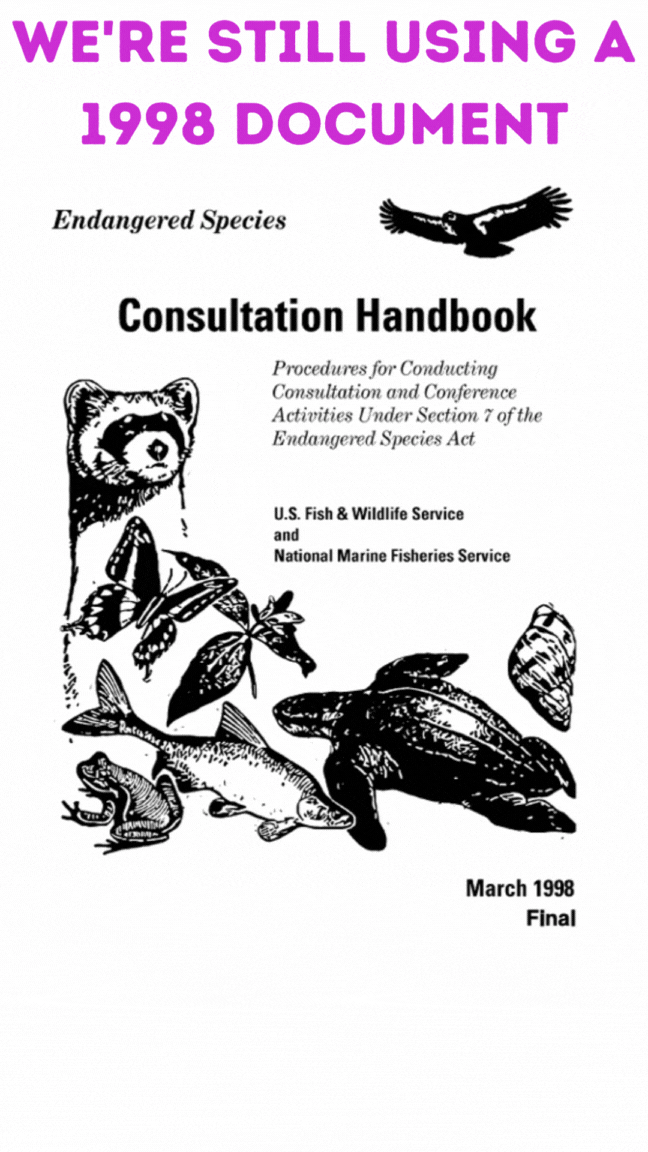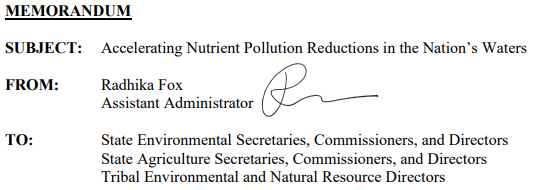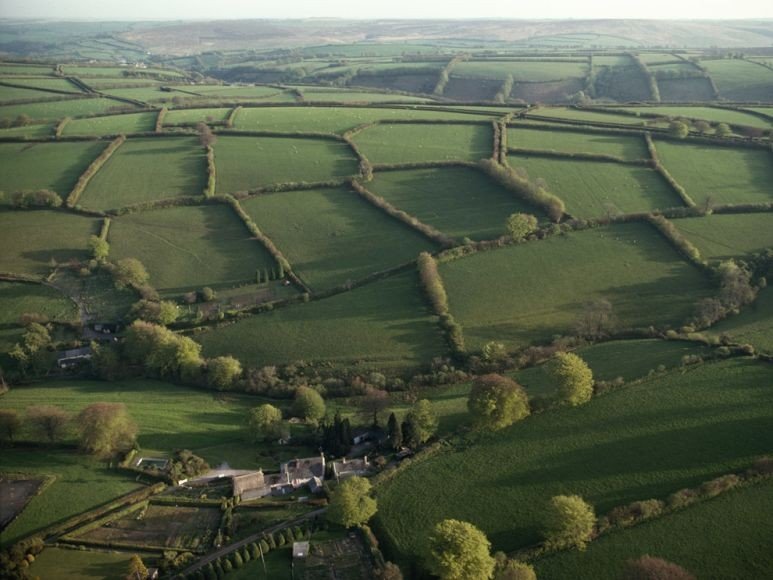Water Infrastructure
Restoration & Mitigation
Technology
Procurement & Finance
Since enacting the Conservation Finance Act in 2022, Maryland agencies have begun to implement it and attract greater private investment in conservation.
What is motivating biocredit buyers at this early stage as the market is in development? Why would corporate buyers and other entities be interested in investing in migratory songbird or salmon credits? What’s in it for them? Today the BCA released a new issue paper, “Demand-side Sources and Motivation for Biodiversity Credits'' that untangles some of these incentives and rationales.
Agriculture
Everybody’s talking about environmental sandboxes. What are they, and maybe more importantly, what aren’t they?
Since enacting the Conservation Finance Act in 2022, Maryland agencies have begun to implement it and attract greater private investment in conservation.
New report evaluates the last three years of efforts developing Midwest watershed partnerships
New report examines the challenges to administratively scaling the Regional Conservation Partnership Program
The Susquehanna River Basin Commission announced today the opening of its application for proposals offering cost-effective reductions of nutrient pollution entering the Chesapeake Bay from the Susquehanna watershed.
Mason City and Forest City sign innovative agreements to pay farmers to improve water quality.
Third and final in a series, this blog explores how USDA can tweak existing programs to speed up delivery of conservation money in the Inflation Reduction Act.
A project to illustrate which watersheds and cities in Iowa are closest to meeting their nutrient reduction goals from municipal point sources
Second in a series, this blog explores how USDA can use emerging technologies to speed up delivery of conservation money in the Inflation Reduction Act.
First in a series, this blog explores how USDA can use outcomes purchasing to speed up delivery of conservation money in the Inflation Reduction Act.
One month ago today, Pennsylvania passed the country’s second legislatively-authorized clean water outcomes procurement program
In New York state, a clever partnership between the city of Syracuse and upstream farmers has managed to significantly clean up the Skaneateles Lake
Endangered Species
What is motivating biocredit buyers at this early stage as the market is in development? Why would corporate buyers and other entities be interested in investing in migratory songbird or salmon credits? What’s in it for them? Today the BCA released a new issue paper, “Demand-side Sources and Motivation for Biodiversity Credits'' that untangles some of these incentives and rationales.
Yesterday, the Fish and Wildlife Service (FWS) released an Advanced Notice of Proposed Rulemaking (ANPR) on Compensatory Mitigation Mechanisms. We provide initial reactions here.
All Posts
The Wetlands Impact Tracker: Revealing Public Notices for the Public Good
Using AI to extract data from US Army Corps of Engineers public notices, the Wetlands Impact Tracker follows federal projects and their impacts on lands and waters along the Gulf Coast.
Navigating Murky Waters: Tackling Saltwater Intrusion in Southeastern Louisiana
While the federal government spent tens of billions on water infrastructure in FY23, it has yet to prioritize the significant economic and health impacts of saltwater intrusion.
Billions of Dollars, New Guidelines, Resources, and Technical Assistance: What’s the Outlook for Justice40?
It’s been more than two years since the launch of the Justice40 Initiative. EPIC’s new report, “Delivering on Justice40: Perspectives from State Agency Staff,” sheds light on how states are navigating the many emerging resources, guidelines, and challenges linked to delivering on the promise of Justice40 to communities in need.
We’re Falling Short On Measuring Environmental Justice Efforts—Better Tools Can Help.
Delivering on Environmental Justice (EJ) for historically underserved and pollution-burdened communities requires all hands—and data—on deck.
A New Job, A Transition, and A Commitment to Planet Earth
CEJST is a simple map, with big implications and attention to cumulative burdens matters.
How the White House’s Climate and Economic Justice Screening Tool guides Justice40 and four recommendations how it can be made better to advance equity
Billions of dollars and more than 30 EJ screening tools - How are Justice40 opportunities rolling out? Let’s find out!
EPIC is launching a new research project with Beech Hill Research and Climate XChange to analyze if and how states are spending funds equitably from J40, IRA and other federal sources. In this first phase of work, they will be investigating the pros and cons of the current workflow that state officials use to secure federal funding. Read more details about the project, and what you can expect from us in the coming months.









